ECHINODERMATA & CHORDATA
1/23
There's no tags or description
Looks like no tags are added yet.
Name | Mastery | Learn | Test | Matching | Spaced |
|---|
No study sessions yet.
24 Terms
What are the distinguishing characteristics of Echinodermata?
Water vascular system, spiny skin
What symmetry are Echinodermata?
Radial

Phylum and Class
Echinodermata; Holothuroidea (sea pickle)

Phylum and Class
Echinodermata; Crinoidea (sea lilies)
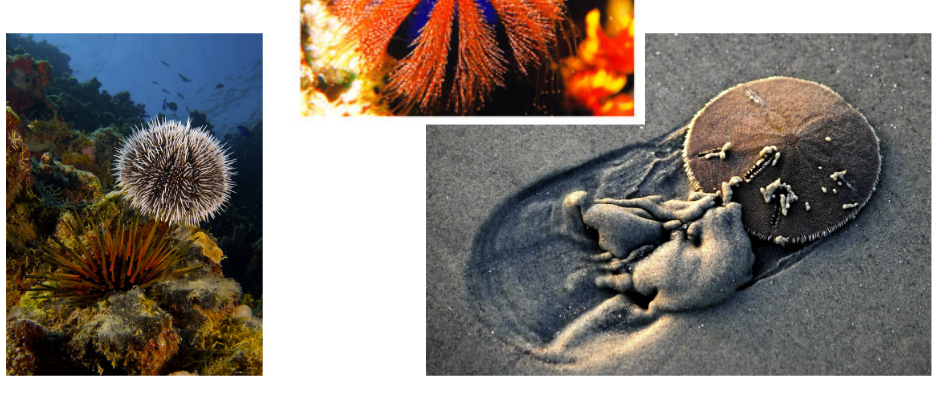
Phylum and Class
Echinodermata; Echinoidea (sea urchins, sand dollars)
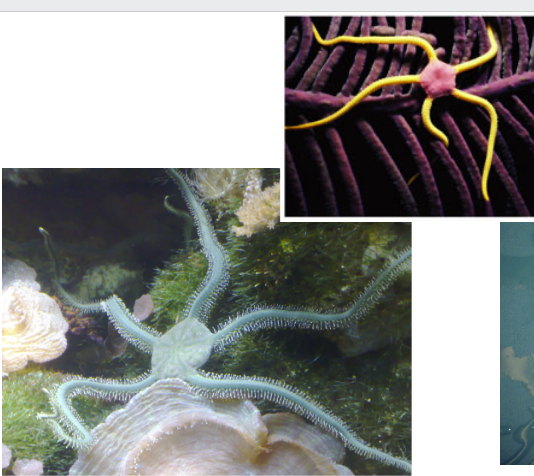
Phylum and Class
Echinodermata; Ophiuroidea (brittle stars)
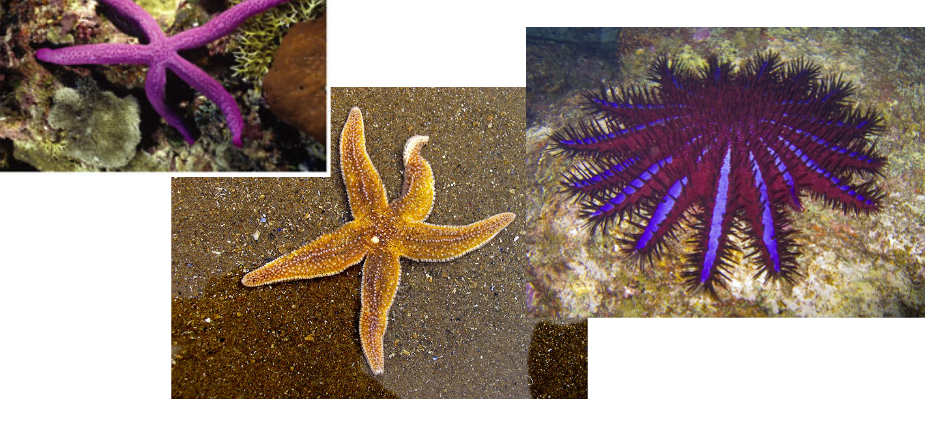
Phylum and Class
Echinodermata; Asteroidea (starfish)
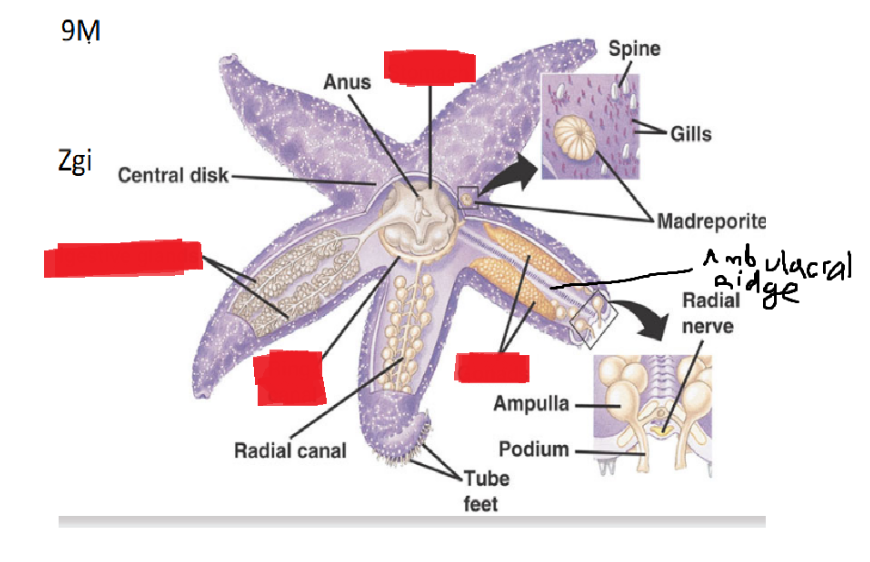
Label
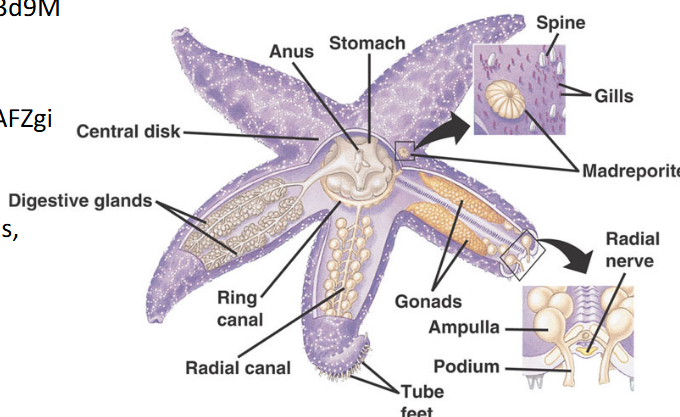
What are the distinguishing characteristics of Chordata?
Notochord, Hollow nerve cord, Muscular post-anal tail, pharyngeal slits
What are the subphylums of Chordata?
Urochordata, Cephalochordata, Vertebrata

Subphylum
Urochordata (sea squirt)

Subphylum
Cephalochordata (lancelets)
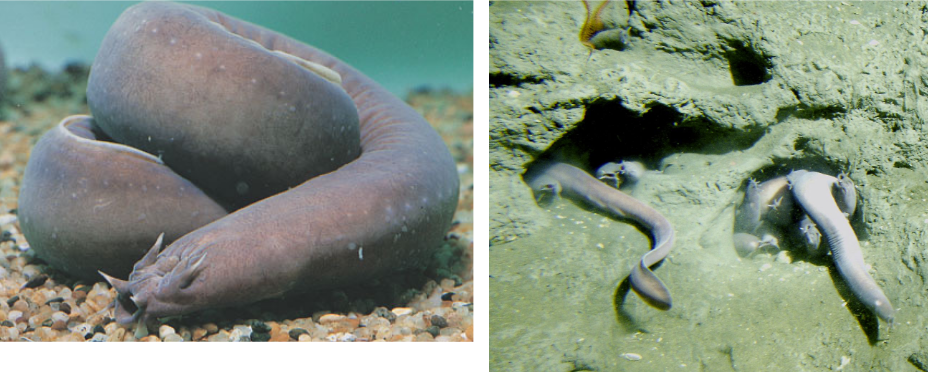
Subphylum and Class
Vertebrata, Myxini (hagfish)
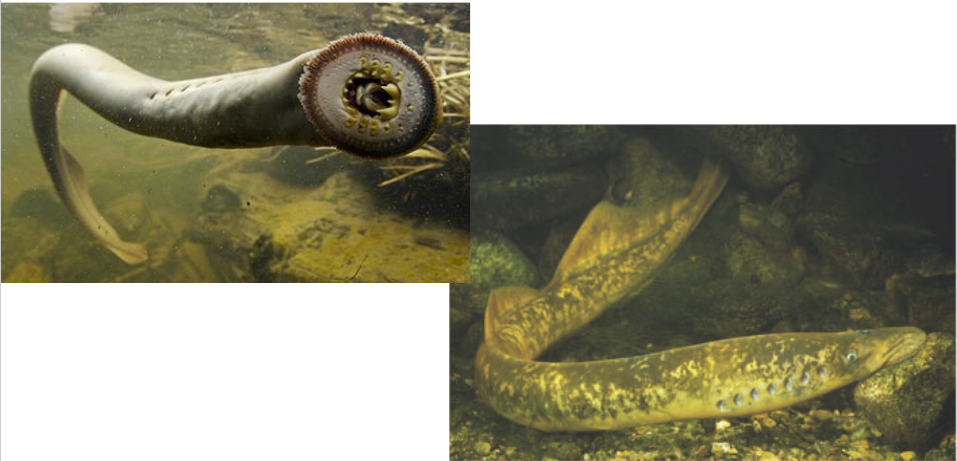
Subphylum and Class
Hyperoartia, Vertebrata (lampreys)
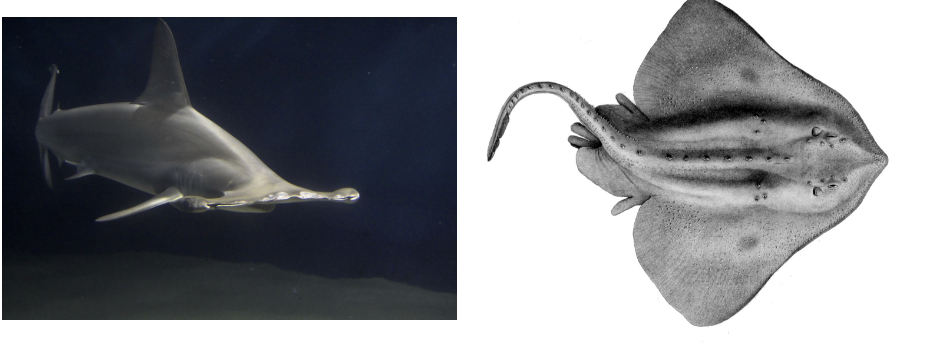
Subphylum and Class
Chondrichthyes, Vertebrata (sharks and rays)
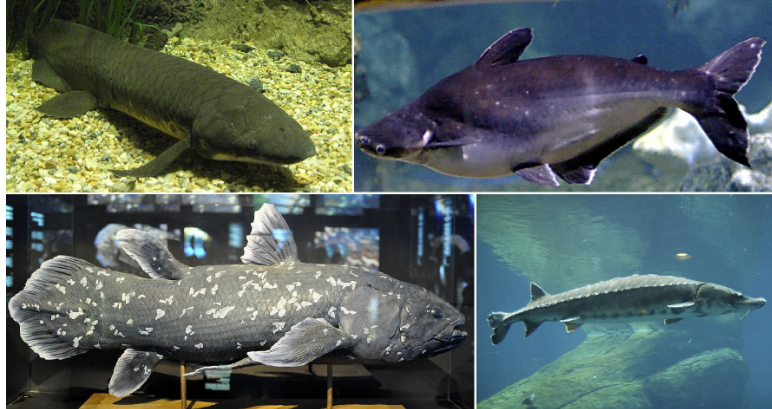
Subphylum and Class
Osteichtyes, Vertebrata (bony fish)
What is the operculum and caudal fin?
gill cover and tail
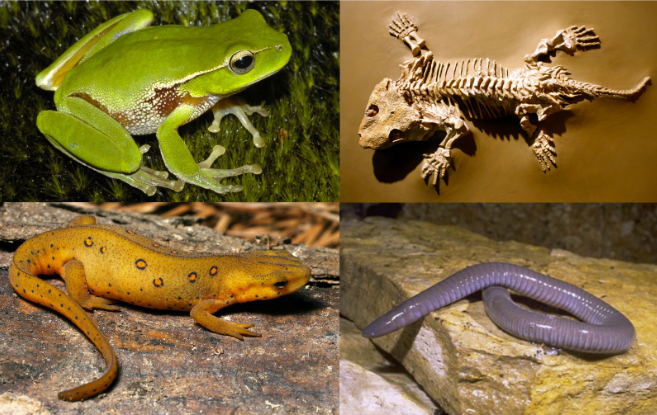
Subphylum and Class
Amphibia, Vertebrata (frogs and toads, salamanders)
Why are amphibians restricted to wet environments?
exterior reproduction (swim to eggs), skin needs to be moist to breathe, aquatic larval stage
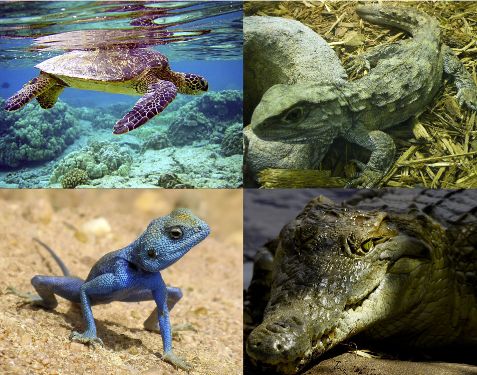
Subphylum and Class
Reptilia, Vertebrata
How are reptiles adapted for land?
eggs with hard shells, dry scaly skin (breath with lungs)
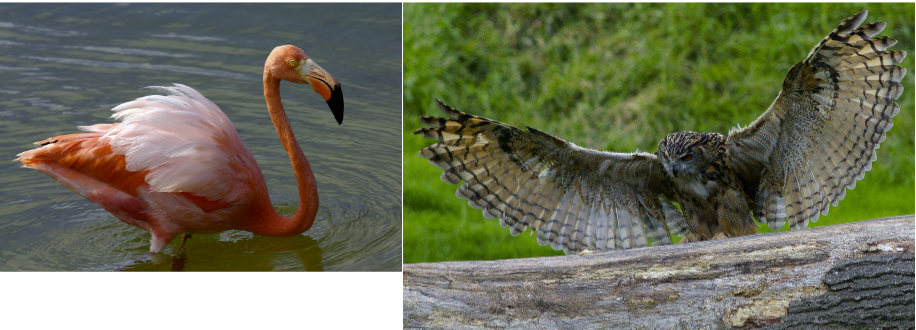
Subphylum and Class
Aves, Vertebrata
How are aves adapted for flight?
hollow bones (flexibility), shrinking gonads in off season, feathers, wings
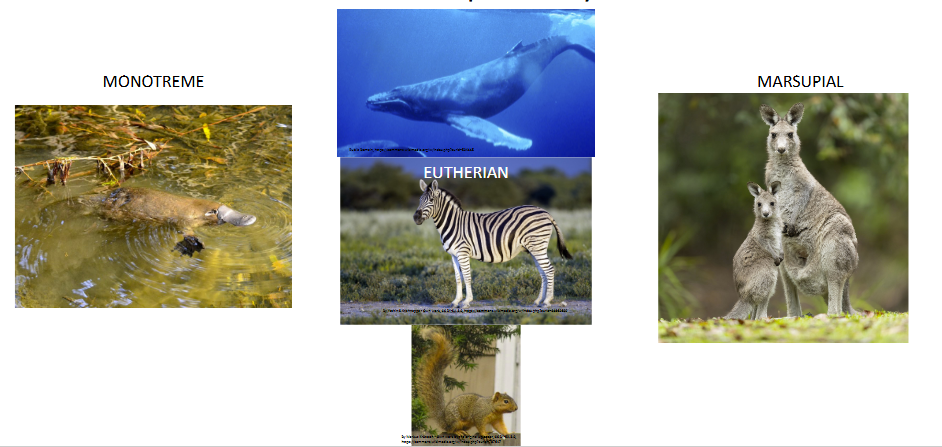
Subphylum and Class
Mammalia, Vertebrata